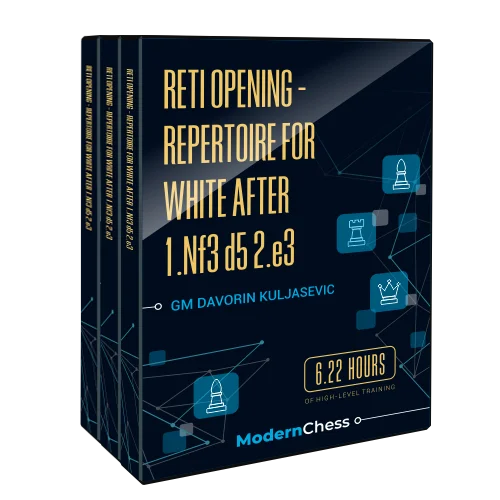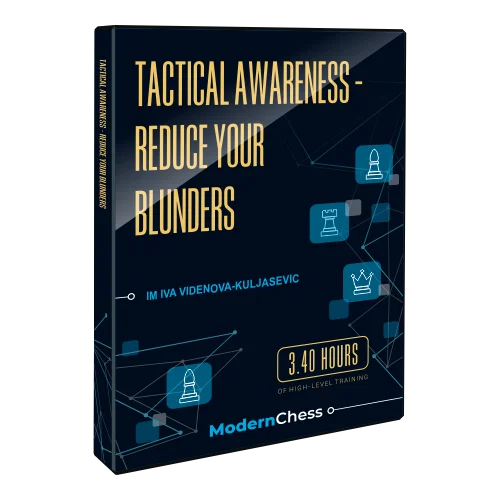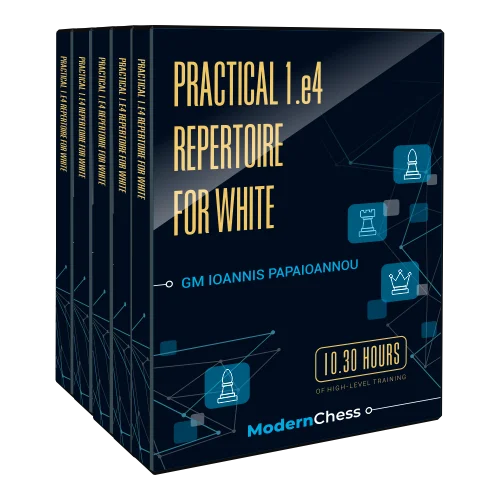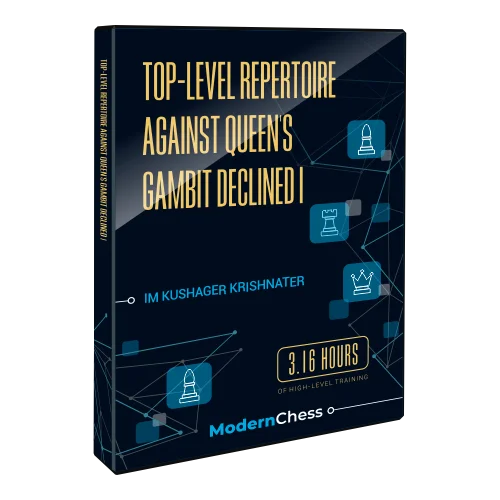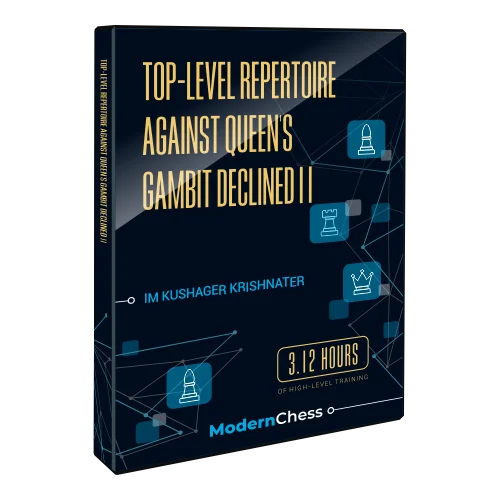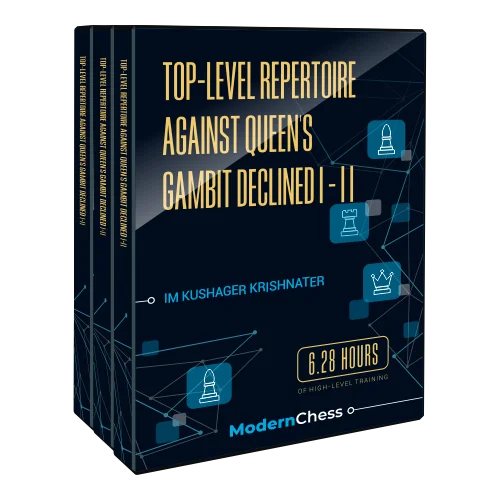The camp of GM Kuljasevic - Reti Opening - Repertoire for White after 1.Nf3 d5 2.e3 is already a digital product. This product includes all the videos from the workshop as well as the PGN file related to the training sessions. Overall, the material consists of 6 hours of video and a PGN database, which includes 10 huge theoretical files!
The camp of GM Kuljasevic – Reti Opening – Repertoire for White after 1.Nf3 d5 2.e3 is already a digital product. This product includes all the videos from the workshop as well as the PGN file related to the training sessions. Overall, the material consists of 6 hours of video and a PGN database, which includes 10 huge theoretical files!
What you’ll learn:
1.Nf3 d5 2.e3 Nf6 3.c4 e6 4.Nc3 – Queen’s Gambit Declined and Queen’s Indian Defence Approaches
The first lecture is dedicated to two of the most solid setups that Black can choose against our version of the Reti Opening – Queen’s Gambit Declined setup and Queen’s Indian Defence setup.
The first important position of the Queen’s Gambit Declined setup is reached after the moves 1.Nf3 d5 2.e3 Nf6 3.c4 e6 4.Nc3 Be7 5.b3 0-0 6.Bb2
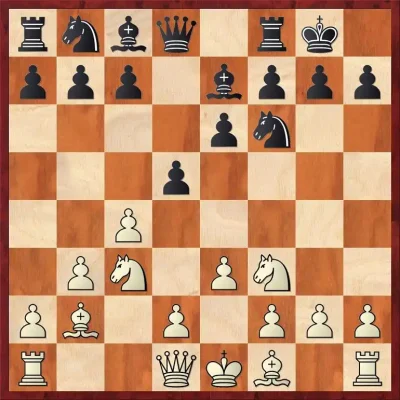
As a matter of fact, the ever-solid Queen’s Gambit declined can be quite vulnerable to White’s setup. For instance, in many lines, White goes for Qc2 and 0-0-0 followed by a kingside attack. Black should handle the arising positions with a lot of precision in order not to find himself in huge trouble.
Against the Queen’s Indian Defence approach, GM Kuljasevic suggests 1.Nf3 d5 2.e3 Nf6 3.c4 e6 4.Nc3 b6 5.cxd5 exd5 6.g3
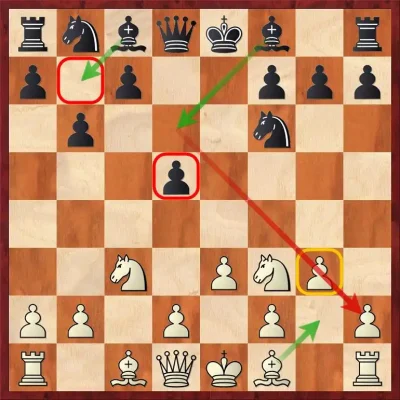
This move is one of the cornerstones of the Keymer system, and White has scored very well with it in practice. Even though we opened the f1-a6 diagonal for our bishop as early as move two, we change the plan and intend to fianchetto it. This way of development has two advantages. Firstly, from g2, the bishop can attack the d5-pawn more easily. Secondly, the g3-pawn limits the impact of the black DSB, which is bound to be developed to d6.
1.Nf3 d5 2.e3 Nf6 3.c4 e6 4.Nc3 c5 and 3…dxc4 – Tarrasch Defence and Queen’s Gambit Accepted Approaches
In this lecture, the focus is on variations where Black wants to equalize by clearing up the center with ….c5 and/or …dxc4 at the earliest opportunity. These approaches are the equivalent of the Tarrasch Defence and Queen’s Gambit Accepted. Indeed, we will see that the lines sometimes transpose from the Keymer variation into one of these openings.
Against the Tarrasch Defence, GM Kuljasevic suggests 1.Nf3 d5 2.e3 Nf6 3.c4 e6 4.Nc3 c5 5.cxd5 exd5 6.d4
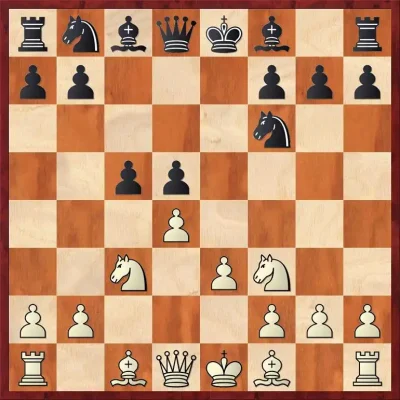
Black has several playable continuations at this point. In most of the cases, we should be ready to play against an IQP. Besides providing the most theoretically precise lines, in his annotations, GM Kuljasevic also explains the must-know strategic concepts in such kinds of positions.
Against the Semi-Tarrasch move order arising after 1.Nf3 d5 2.e3 Nf6 3.c4 e6 4.Nc3 c5 5.cxd5 Nxd5, Kuljasevic suggests 6.Bc4.
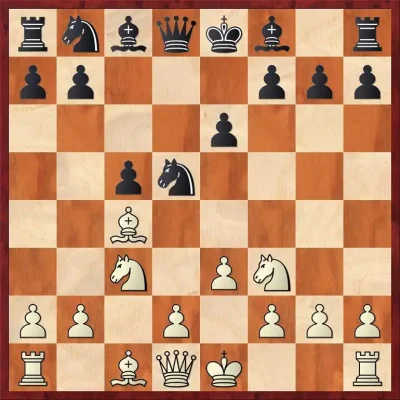
White completes his developments and keeps d2-d4 as an option. Further analysis shows that it’s still not easy for Black to completely neutralize White’s initiative.
The Queen’s Gambit Accepted approach is characterized by the following move order: 1.Nf3 d5 2.e3 Nf6 3.c4 e6 4.Nc3 dxc4
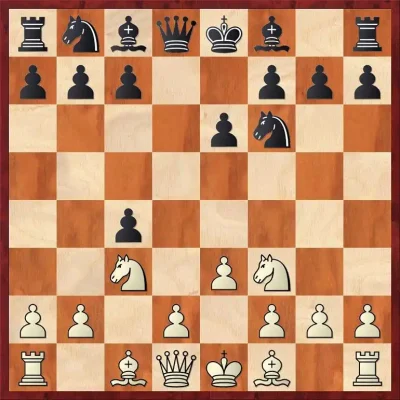
This capture might seem premature and less principled than other options Black has at this junction. However, black players usually know what they are doing when they play this way—they are ready to play the QGA (Queen’s Gambit Accepted) type of position. While it’s not the most ambitious approach for Black, it is one of the most solid ways to meet our version of the Reti Opening.
The main line goes 5.Bxc4 a6 6.0-0 b5 7.Bb3!?
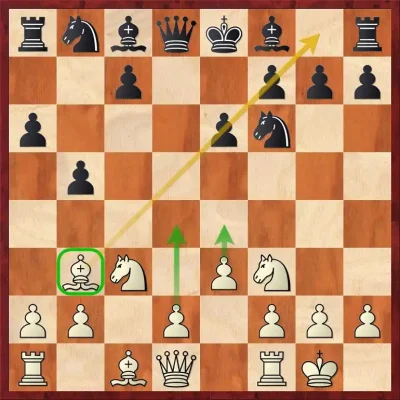
The retreat to e2 is more popular, but it leads to a quieter game where White follows up with a2-a4, etc. With this move, we want to play for the initiative in the center instead. Analysis shows that Black should be very precise in order to equalize.
1.Nf3 d5 2.e3 Nf6 3.c4 c6 4.Nc3 – Slav Defence Approach
The Slav Defence approach arises after 1.Nf3 d5 2.e3 Nf6 3.c4 c6
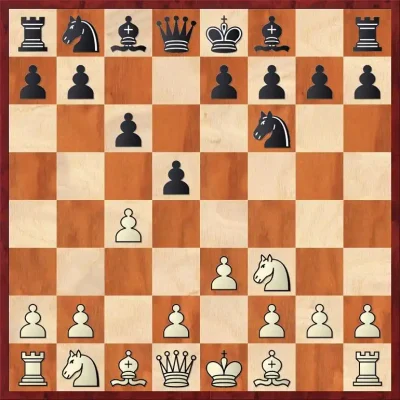
Players who normally play the Slav Defence with Black will expect us to play d2-d4 now or at some later point. However, the idea of the Reti Opening is to postpone this move until necessary or not play it at all. Therefore, we start with a flexible move 4.Nc3. White is waiting to see what variation of the Slav Defence our opponent will go for. It is important to note that we avoid the Classical Slav (1.d4 d5 2.c4 c6 3.Nf3 Nf6 4.Nc3 dxc4) with this move order because 4…dxc4 doesn’t make sense for Black here.
1.Nf3 d5 2.e3 c5 3.b3 – Principled Approach and Sidelines
The last lecture of the camp is dedicated to the line 1.Nf3 d5 2.e3 c5
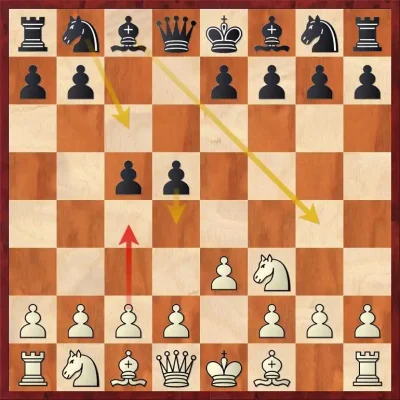
This is the ‘Principled approach’ against the Reti Opening with 2.e3. Black takes the available space in the center and prepares to develop his queenside pieces in the most active manner. He does not aim to get any particular type of well-known defense, such as those discussed in the first three lectures. Instead, this move has independent value, as Black discourages 3.c4 by preparing 3…d4. However, as usual in this system, White can use his first-move advantage to put pressure on the black center.
At this point, we will opt for 3.b3.
GM Kuljasevic recommends this move instead of 3.d4, which transposes to a good version of the Colle Attack for Black. As usual in the Reti Opening/Keymer System, we postpone the d-pawn advance and focus on development first. In essence, we now get a Queen’s Indian Defense with colors reversed and an extra tempo for White. Our goal is to make that tempo count and build on our slight development advantage. Black has a wide choice of replies to choose from. We can group them in the following way:
1) Layman’s approach (…Nc6/…Nf6)
2) Reversed Petrosian QID (…a5/…Nc6)
3) Reversed Fianchetto QID (…Nf6, g6)
4) Reversed e3-QID (…Nf6, e6)
5) Ambitious …f6 (with or without …Nc6)
In all cases, White has enough resources to fight for a slight edge.
Outline:
Chapter 01 – 1.Nf3 d5 2.e3 Nf6 3.c4 e6 4.Nc3 – QGD and QID Approaches
Chapter 02 – 1.Nf3 d5 2.e3 Nf6 3.c4 e6 4.Nc3 c5 and 3…dxc4 – Tarrasch Defence and QGA Approaches
Chapter 03 – 1.Nf3 d5 2.e3 Nf6 3.c4 c6 4.Nc3 – Slav Defence Approach
Chapter 04 – 1.Nf3 d5 2.e3 c5 3.b3 – Principled Approach and Sidelines
Chapter 05 – Questions and Answers
About the Author:
GM Davorin Kuljasevic [FIDE 2591]
GM Davorin Kuljasevic is a Croatian GM, who graduated from Texas Tech University and played in USCL 2007 and 2008 for Dallas Destiny, becoming the US champion in both years. He is an experienced coach and a winner of many tournaments: Castelfranco Veneto 2014, Split Open 2013, Mitropa Cup 2013 with the team of Croatia, Lubbock Spice Cup Spring 2011, Rijeka Open 2011, etc.
